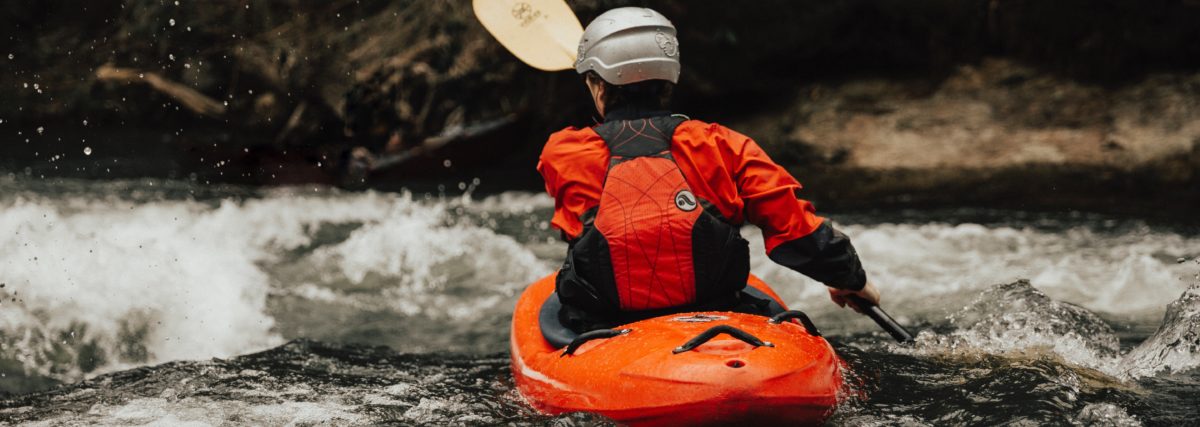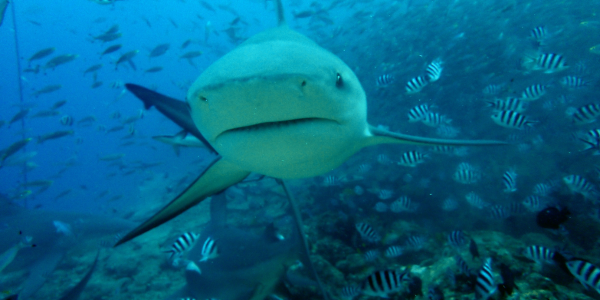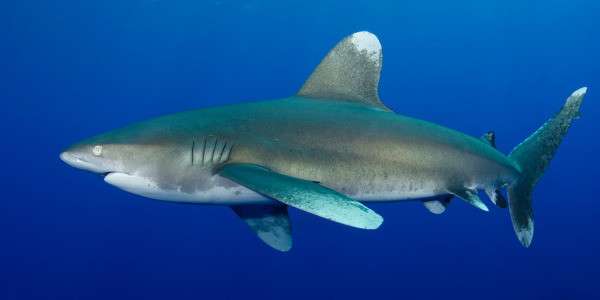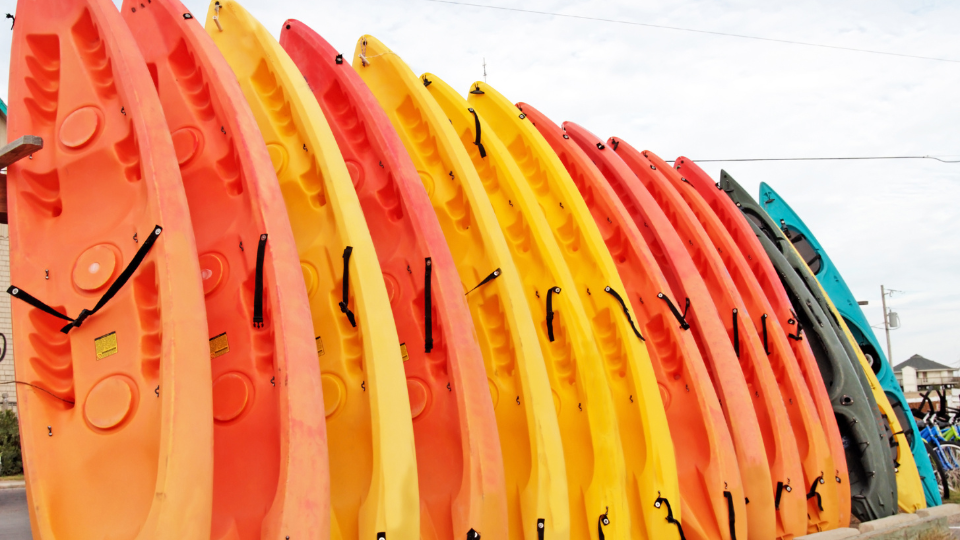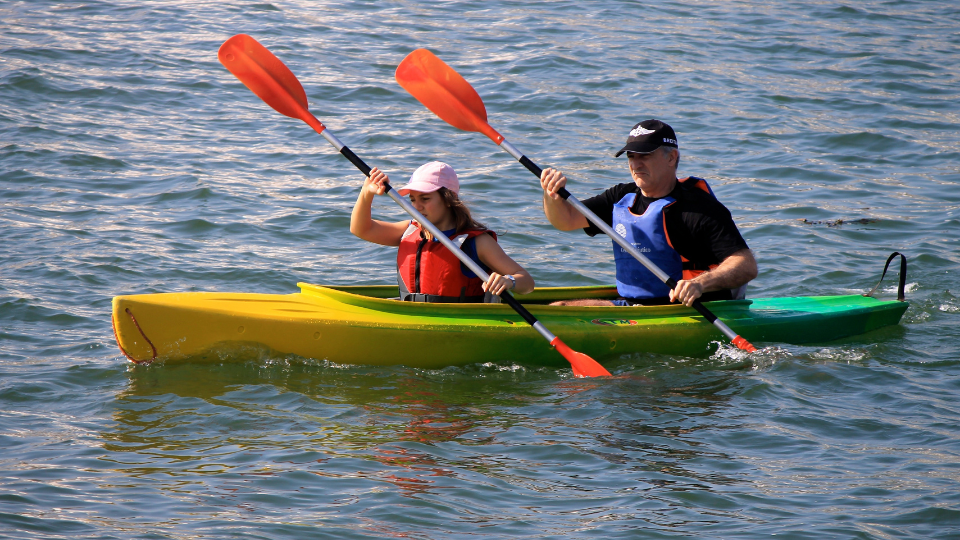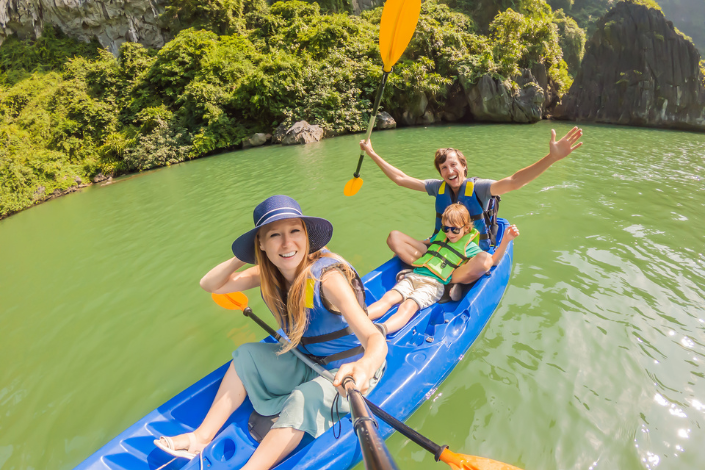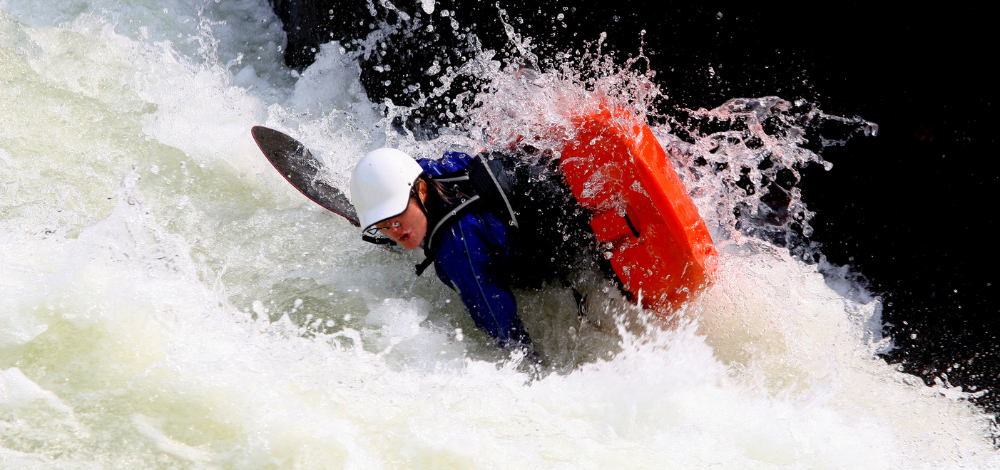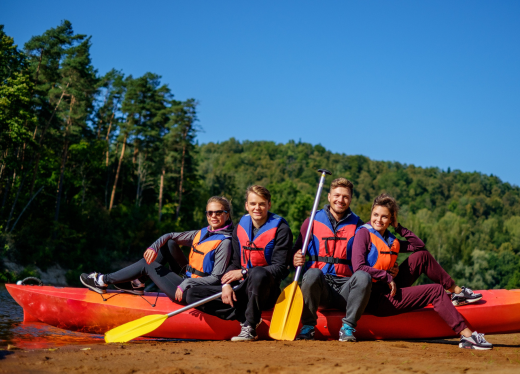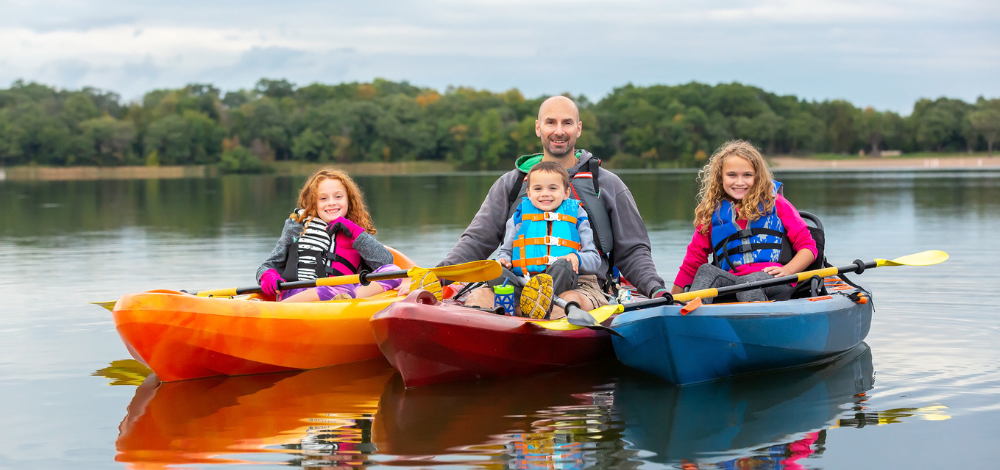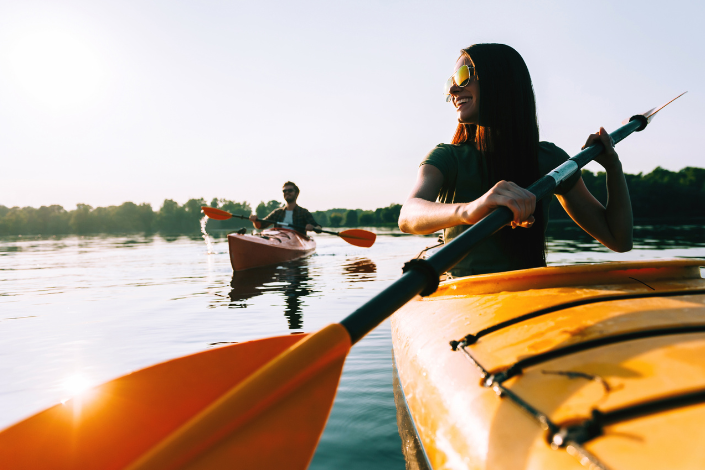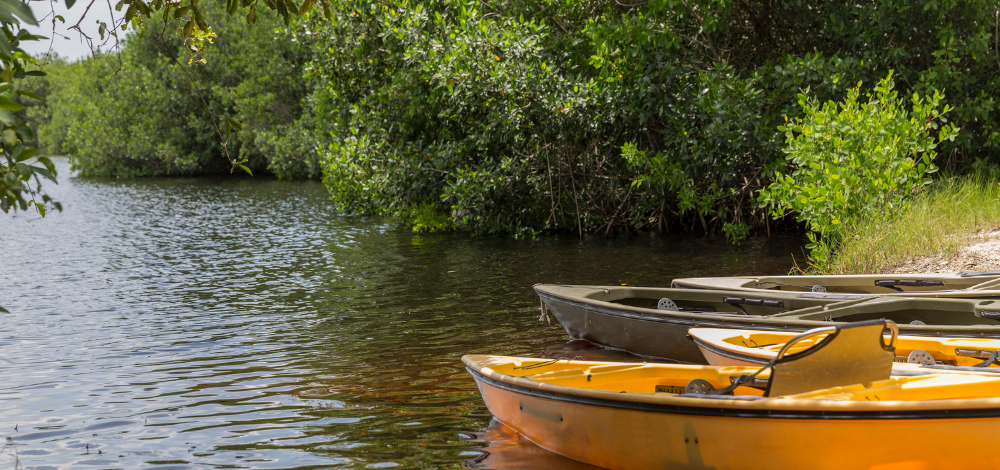Whether you are a beginner or an experienced kayaker, finding and catching fish is undoubtedly one of the best ways to elevate your adventure.
A fish finder is a gadget that can help you improve your fishing experience and make it more productive. But have you ever wondered how fish finders work and if they use sonar technology?
How these suckers worked was a huge mystery for me until I did a bit of research so like always, in this article, I’ll take a deep dive into fish finders and sonar technology to provide you with the knowledge you need to make an informed decision.
Do Fish Finders Use Sonar Technology?

Fish finders have revolutionized fishing and boating in recent years. Today’s fish finders incorporate advanced sonar technology that can scan the depth, form an image, and locate fish(and sometimes sharks!) underwater.
What is Sonar?
Sonar stands for sound navigation and ranging… which I never knew!
Fish finders use an electronic pulse to send sound waves into the water, which then bounce back off objects to create an image on a screen. This technology is similar to the one used in dolphins and bats for underwater navigation.
When the fish finder sends the signal, it measures the time it takes to receive the response, known as the echo. The reflected signal determines the position and depth of objects underwater.
Fish Finders Help With Underwater Topography
Fish finders have become a popular tool among kayakers as they provide a wealth of information about underwater topography. The device can help you locate fish more accurately and effectively by showing you where the fish are hiding, the depth of the water, and the contour of the bottom.
They can also indicate the temperature of the water and alert you to any potential hazards like rocks or stumps that can damage your boat.
Truly, for an avid fishing kayaker like myself (and hopefully you!), it is a must-have tool if you want to catch home tons of fishies.
They Come in Various Sizes and Shapes
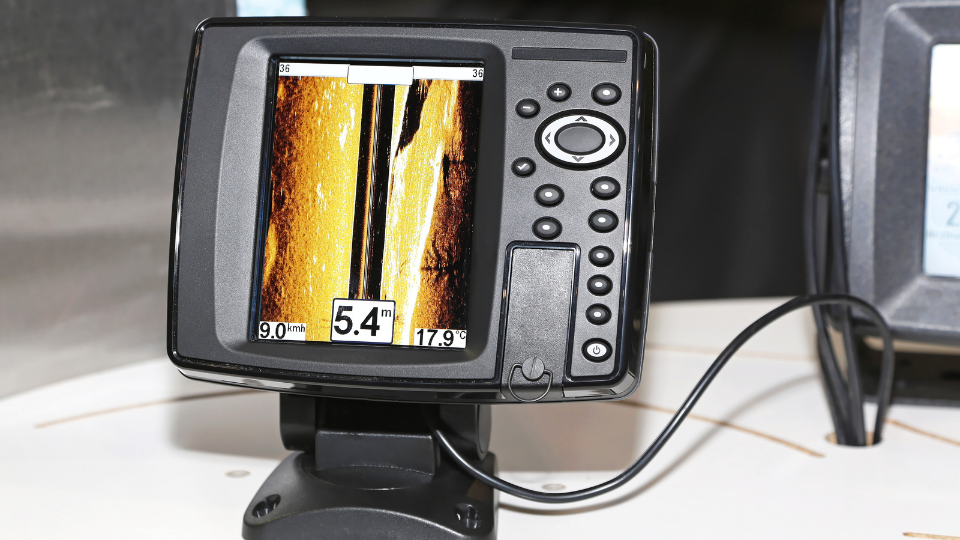
Fish finders come in different sizes and shapes, and the features vary from model to model.
Some of the advanced fish finders feature touchscreen displays that are easy to read even when you’re in direct sunlight. Others come with GPS tracking systems that allow you to mark your favorite fishing spots and track your progress.
Some even have built-in Wi-Fi to share data with other anglers on the water. When choosing a fish finder, it is essential to consider your budget and needs.
They Tell You About Water Conditions
Another great feature of fish finders is the ability to adjust the sensitivity level to match the water conditions.
If the water is clear, you can use a higher sensitivity level to detect smaller fish. However, if the water is murky or filled with debris, lowering the sensitivity level will help to reduce the noise and display clearer results on the screen.
Some fish finders also come with fish alarms that can alert you when fish are present in the water, so you don’t miss any opportunities.
What is the Difference Between a Fish Finder and a Sonar?
While both use sonar technology, the difference lies in their purpose. A fish finder is designed to detect and display objects underwater using sound waves.
On the other hand, a sonar device allows you to measure distances and depths without displaying any kind of graphical representation on its screen.
Do Fish Finders Use Ultrasound?
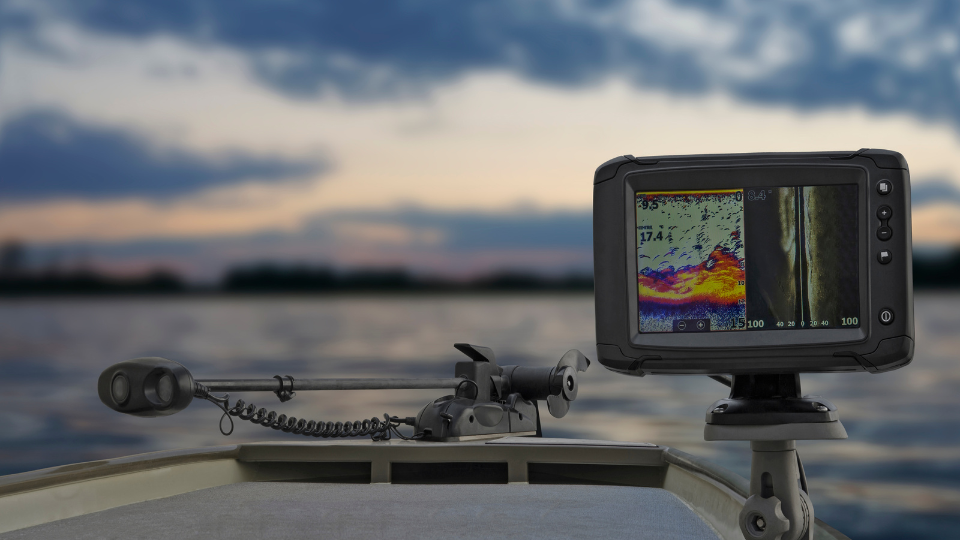
No, fish finders don’t use ultrasound technology. They use sonar technology which uses sound waves to detect objects underwater.
How Far Can Sonar Detect Fish?
The distance and depth a sonar can detect depends on the type of device you are using. Most modern fish finders are capable of detecting objects up to 200 feet in depth.
Do You Need Mapping on Your Fish Finder?
Mapping is not essential but it can be a useful feature to have on your fish finder.
Mapping allows you to track and store the depths and contours of areas that you have previously fished. This information can then be used to help you locate fish more quickly in the future.
What is the Best Size of a Fish Finder?
For kayaking, it is best to opt for smaller models that can be easily mounted on the kayak and are more portable than larger units.
Smaller models typically come with less features but can still provide you with all of the necessary information you need to locate and catch fish.
What is the Easiest Fish Finder to Use?
Look for models with touchscreen displays and built-in Wi-Fi connectivity features for the easiest operation.
Conclusion
In summary, fish finders are an indispensable tool for kayakers who want to catch more fish and make their fishing experience more comfortable and enjoyable.
By using sonar technology, fish finders allow you to see underwater and locate fish more effectively, mark navigation hazards, and observe the movement of fish.
